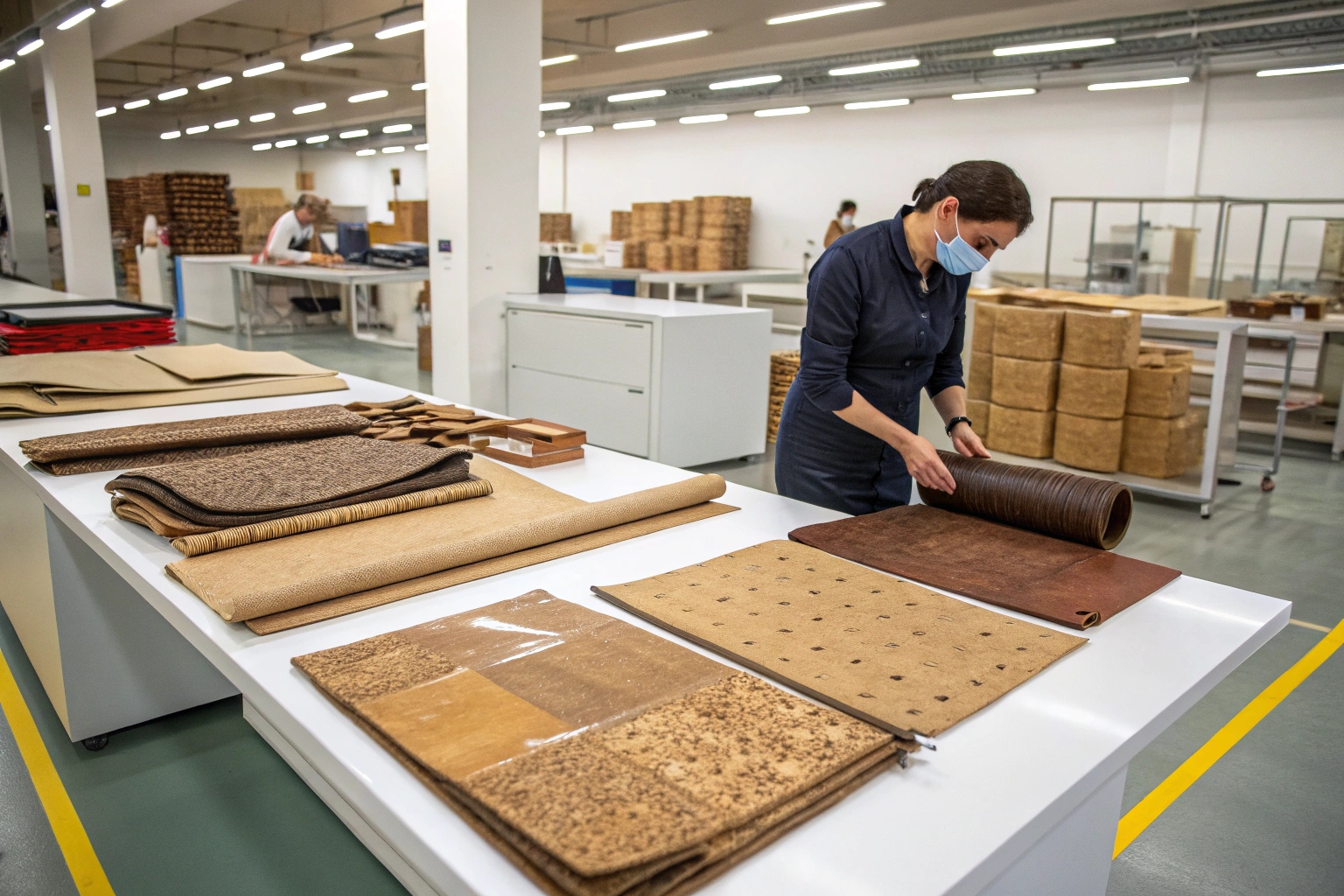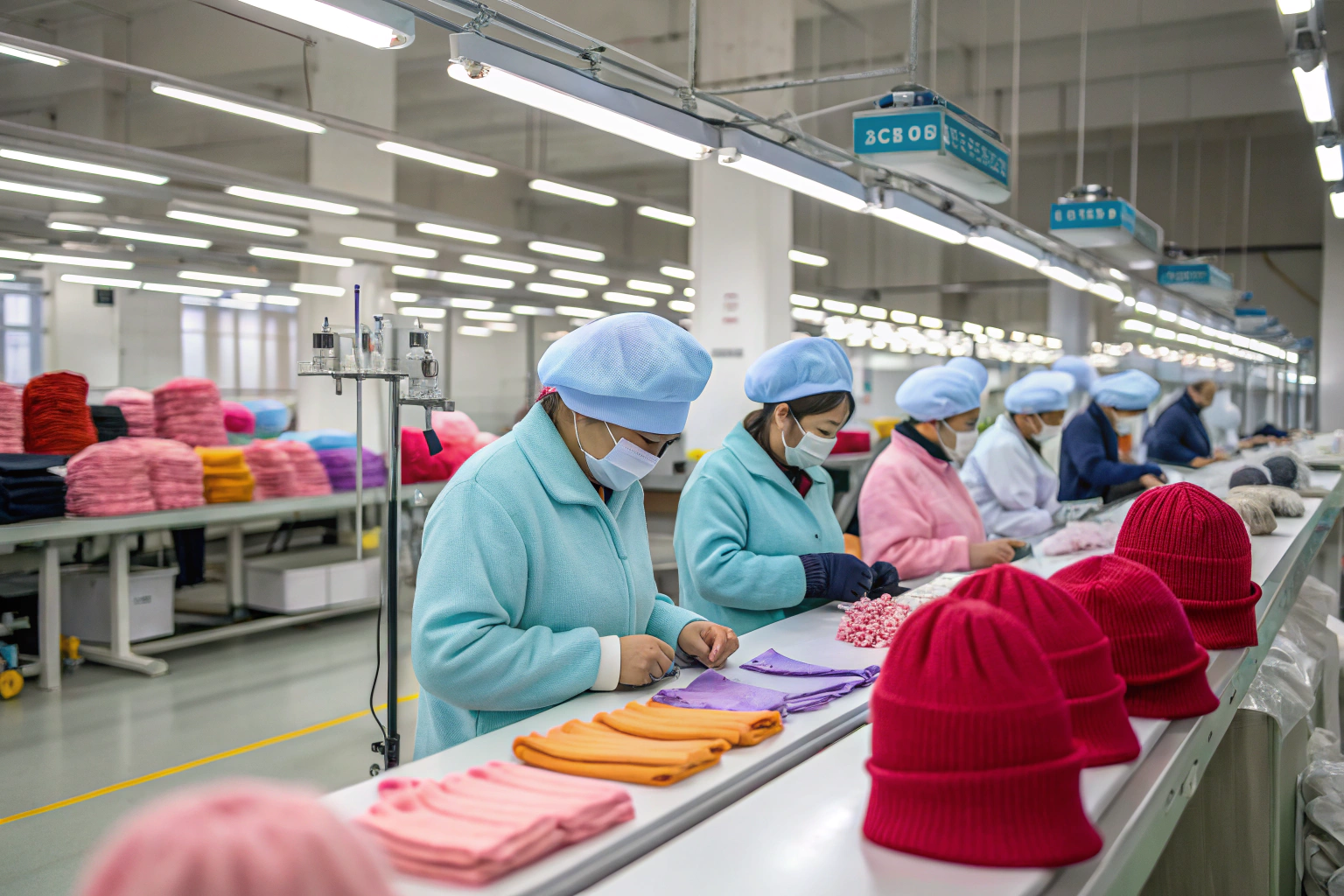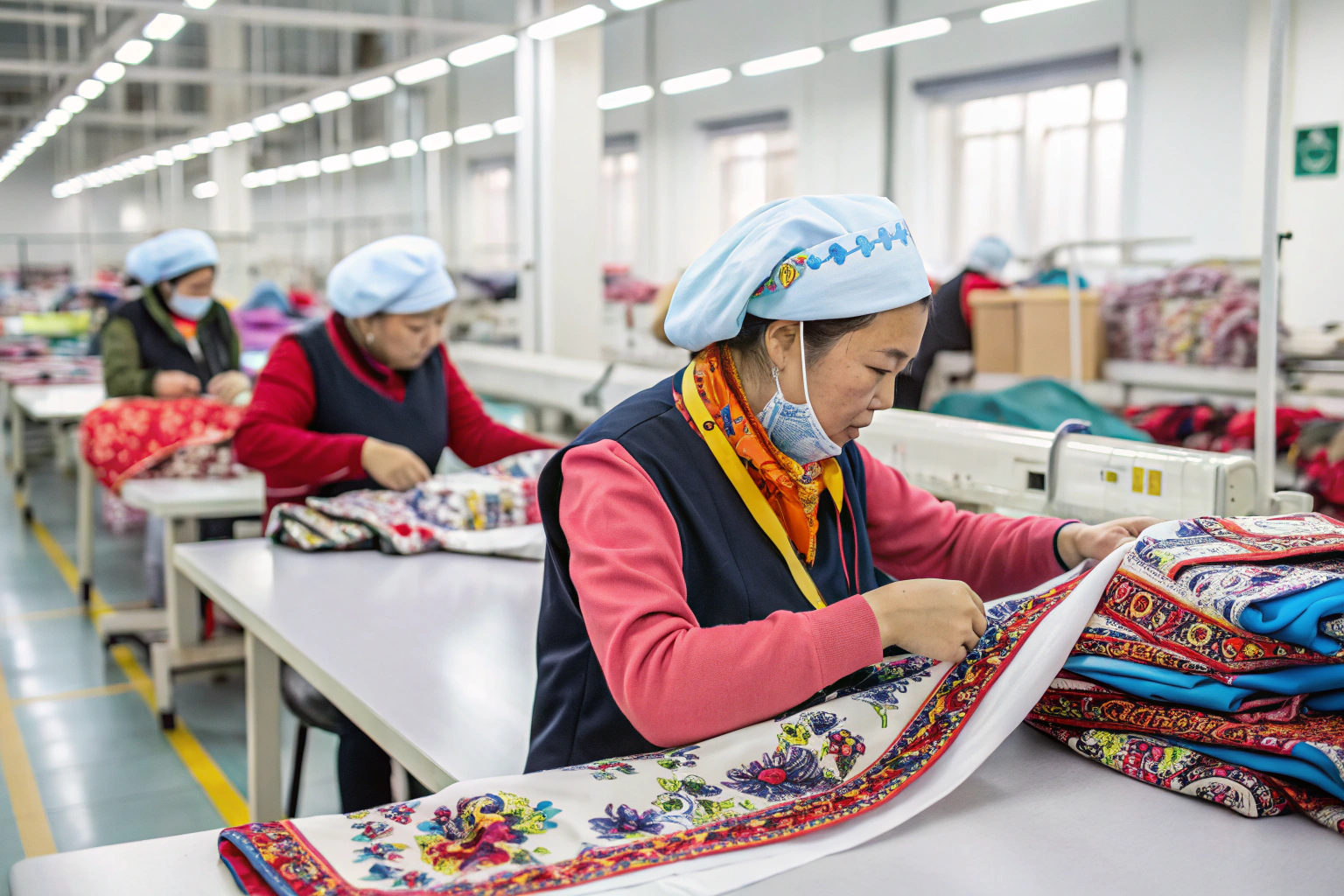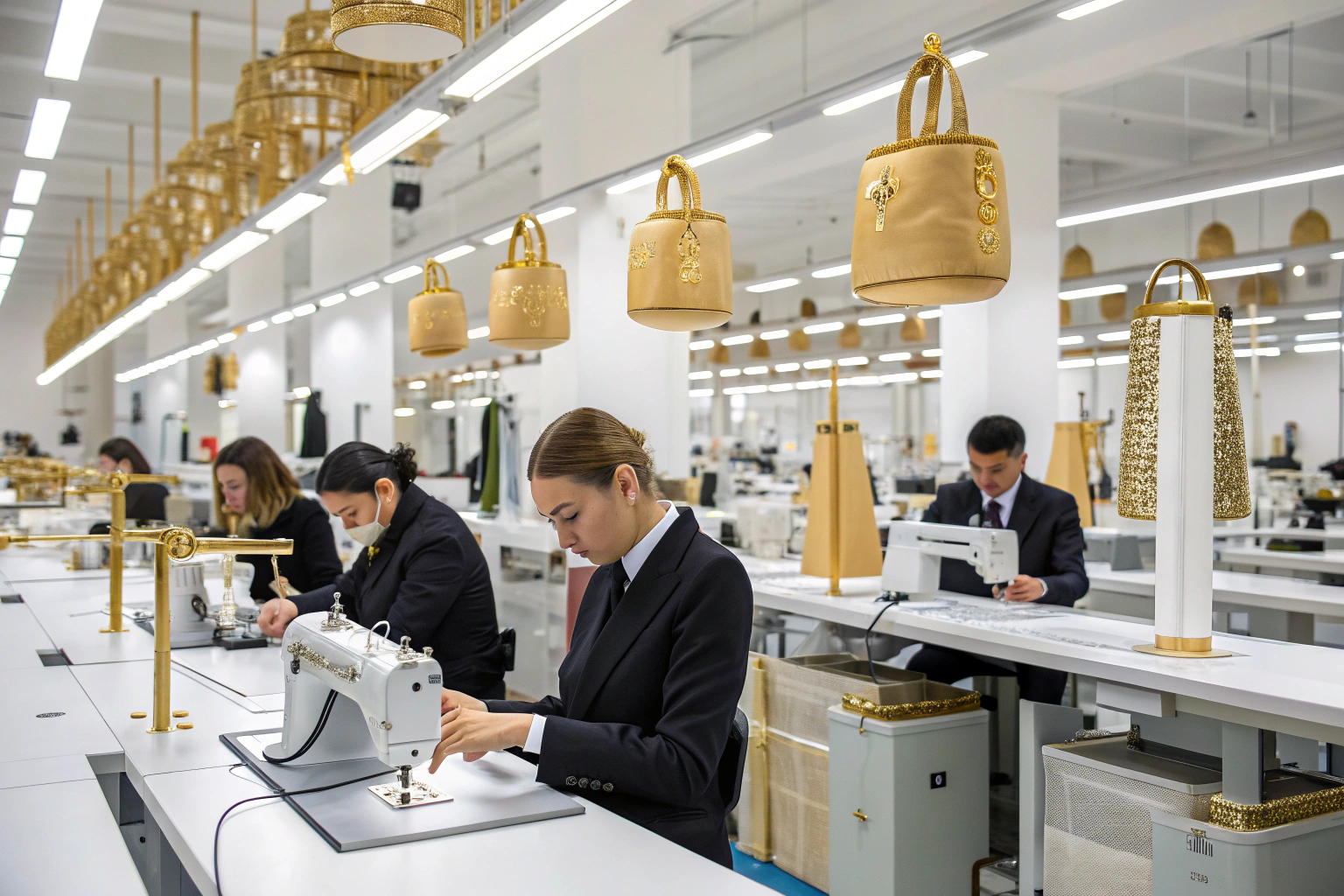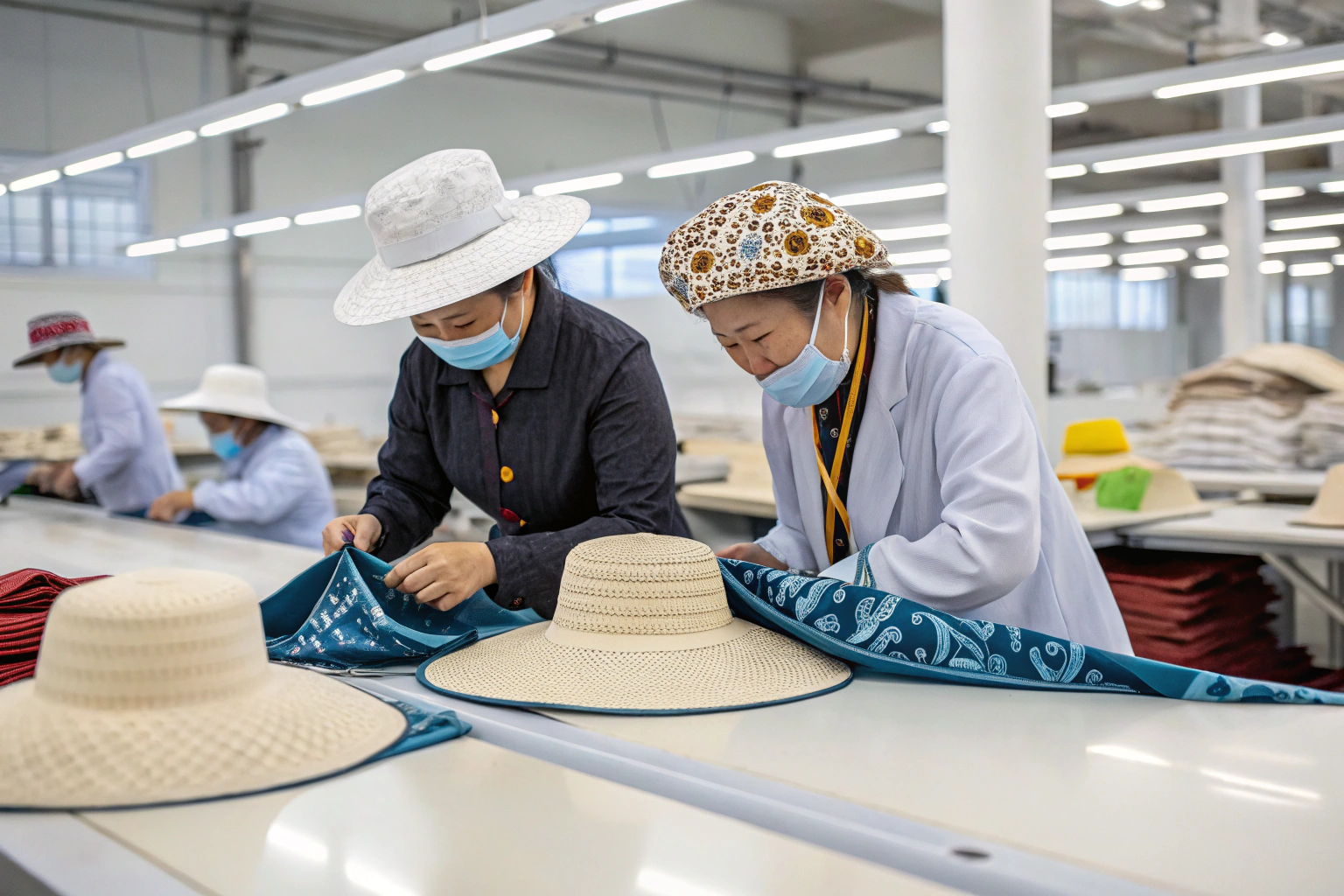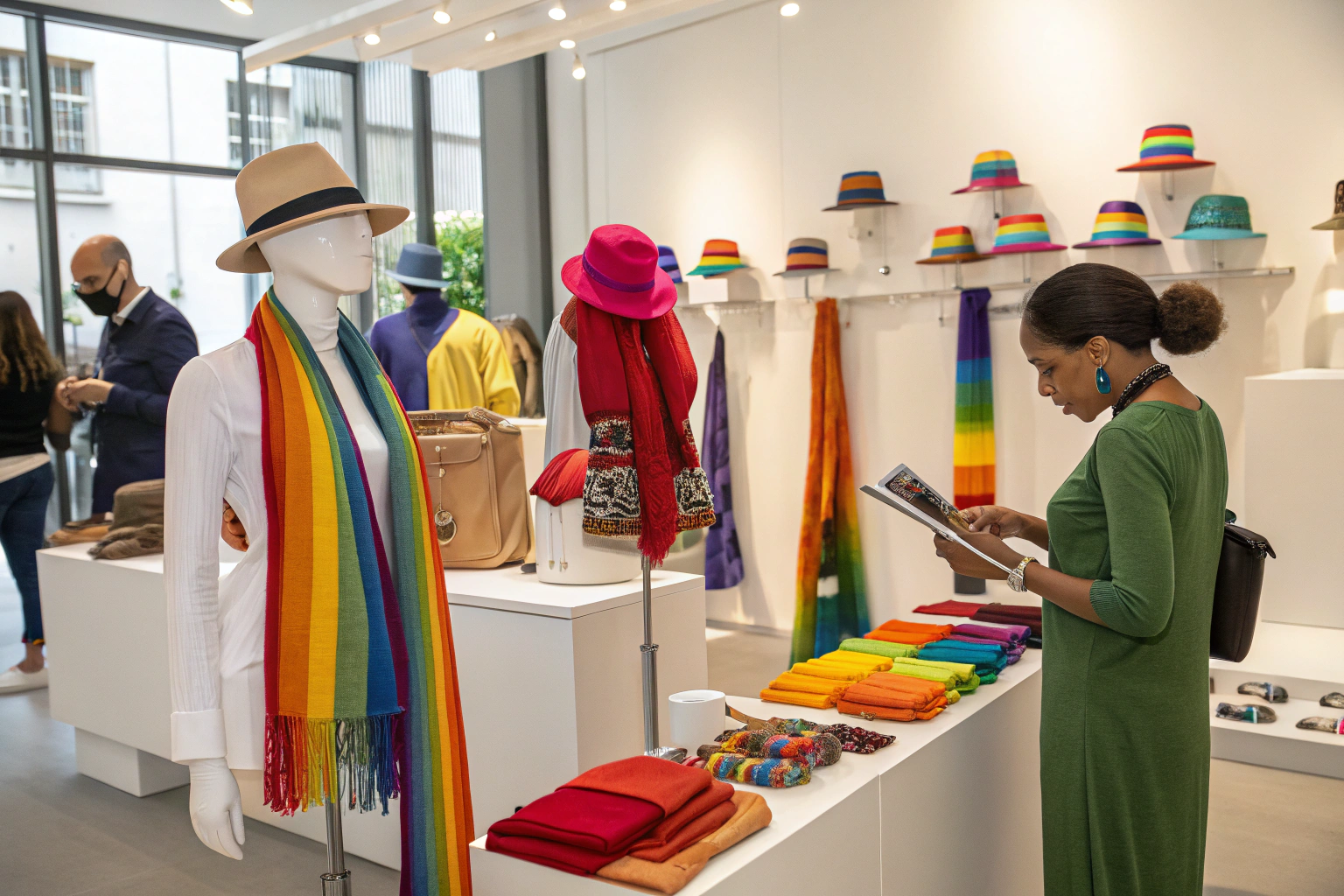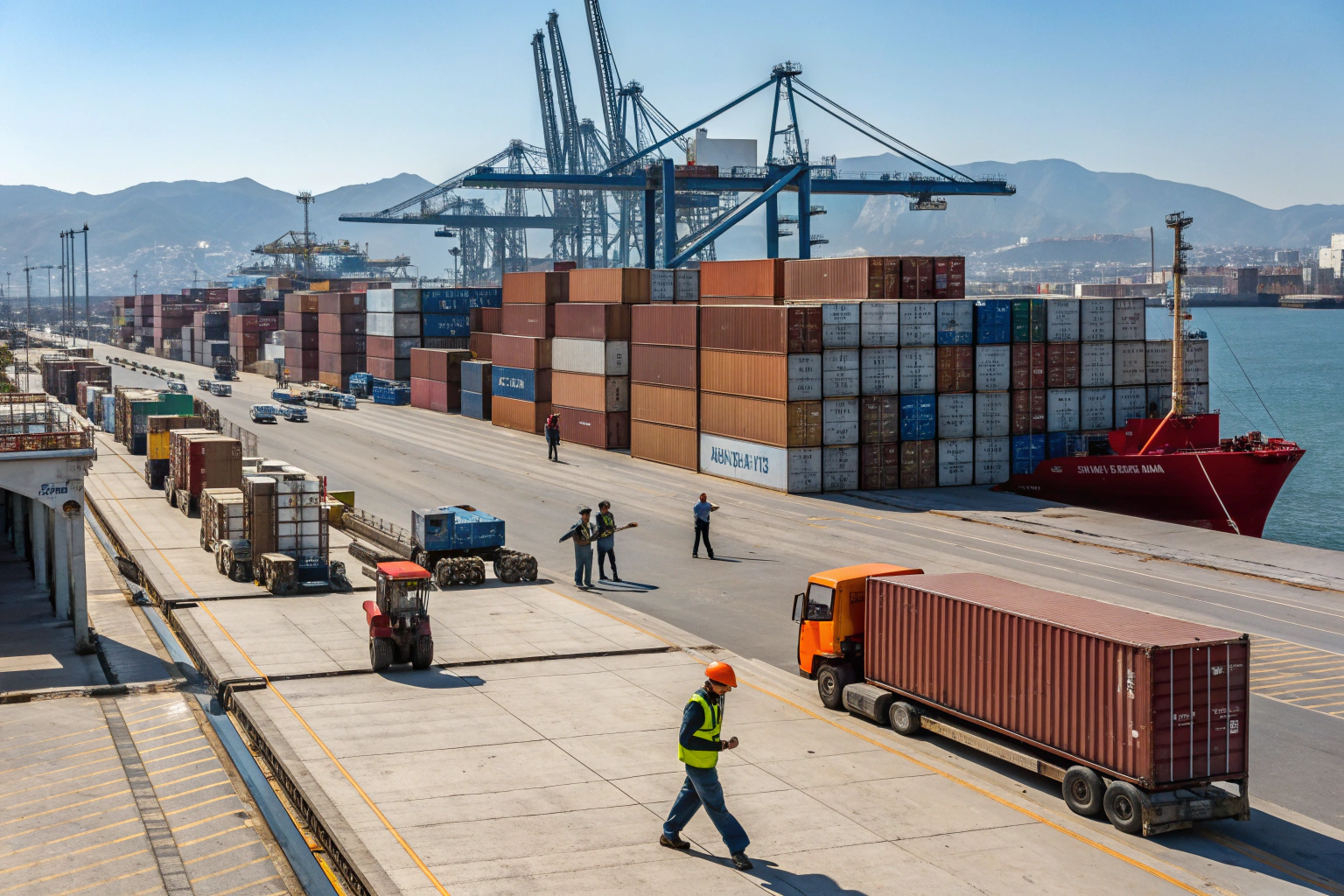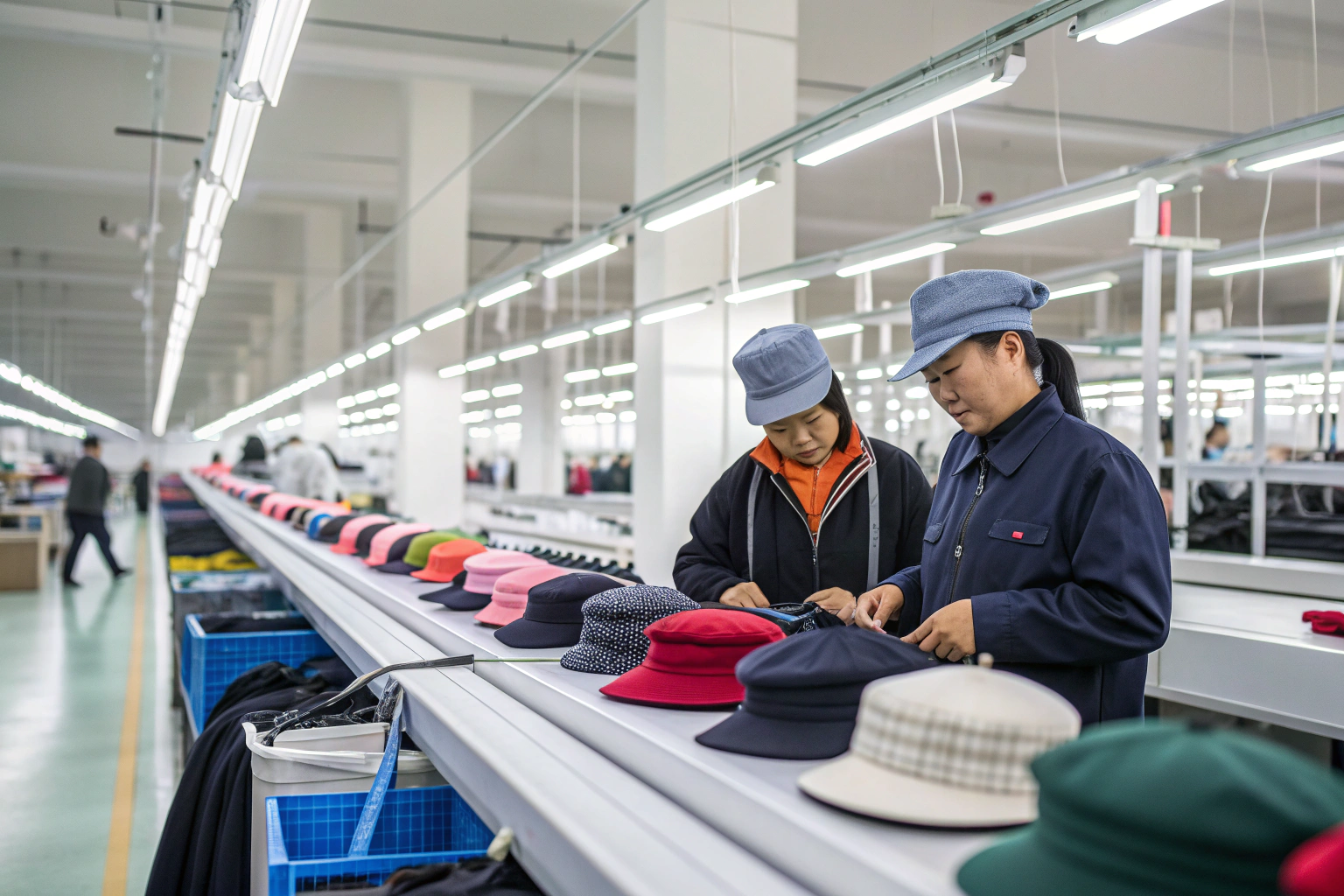Unique materials can make your accessories stand out—but they also come with sourcing, handling, and shipping challenges. Whether it’s cork fabric belts, metallic hair clips, or biodegradable scarves, choosing the right material requires balancing innovation, sustainability, and logistics.
Sourcing accessories with unique materials demands a deep understanding of supplier capabilities, certifications, handling processes, and international shipping limitations.
At AceAccessory, we've developed thousands of styles using unconventional inputs. In this article, I’ll break down how to manage sourcing and shipping for accessories that use these rare or innovative materials.
What Counts as a Unique or Uncommon Material?
Not all materials are created equal—some need special attention from day one.
Unique accessory materials include sustainable fibers, high-tech synthetics, artisanal components, and raw elements that are uncommon in mass production.
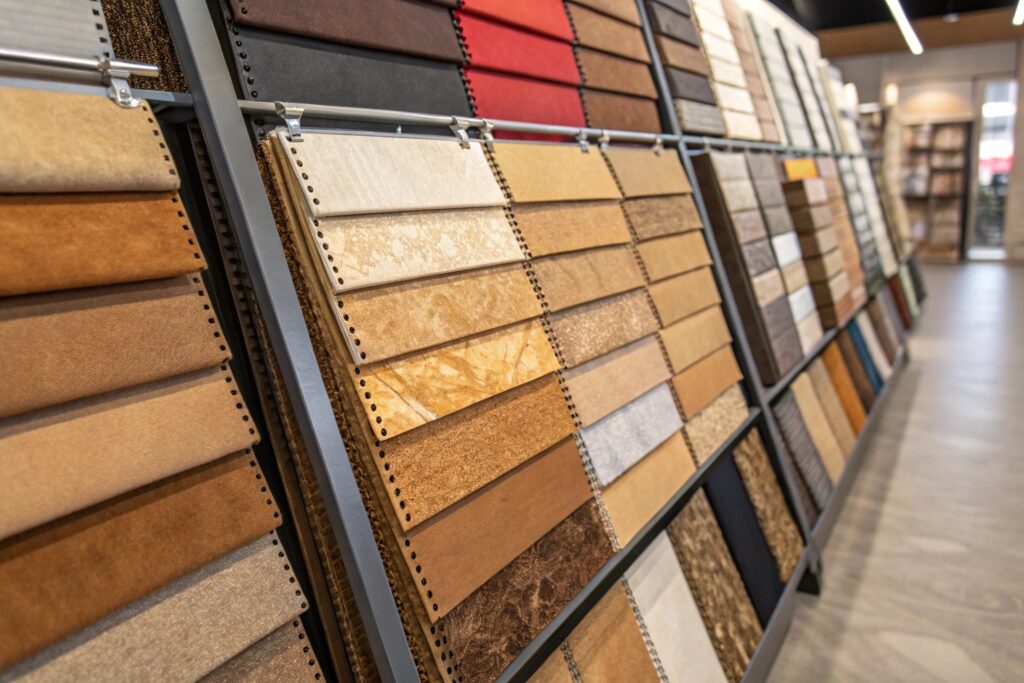
What Are Some Trending Unique Materials in Accessories?
In 2025, brands are sourcing more eco-alternatives and sensory-rich materials to appeal to Gen Z and sustainability-focused consumers. Examples include:
- Cork leather: Used in belts and hats for its eco-appeal. Waterproof and biodegradable.
- Recycled silk: Repurposed saris or factory surplus re-spun into luxury scarves.
- Eco-acetate: Biodegradable version of traditional plastic used in hair clips.
- Stainless steel: Durable, hypoallergenic metal used in hair accessories and bag details.
We’ve worked with materials listed on MaterialDistrict to create accessories with elevated brand value.
Why Do These Materials Require Special Handling?
Many of these are sensitive to moisture, pressure, or require specific cutting and finishing. For instance, cork cracks if bent during shipment; recycled silks may bleed if exposed to damp conditions.
During sampling, we apply specific lamination or coating to ensure test shipments survive ocean freight or courier transit. Our QC team mimics stress scenarios based on guidance from sources like ASTM D6193 for textile handling.
How Do You Find a Factory That Can Work With These Materials?
Not every factory is equipped for material innovation.
Sourcing unique materials requires choosing suppliers with R&D teams, material libraries, and experience with small-batch innovation.
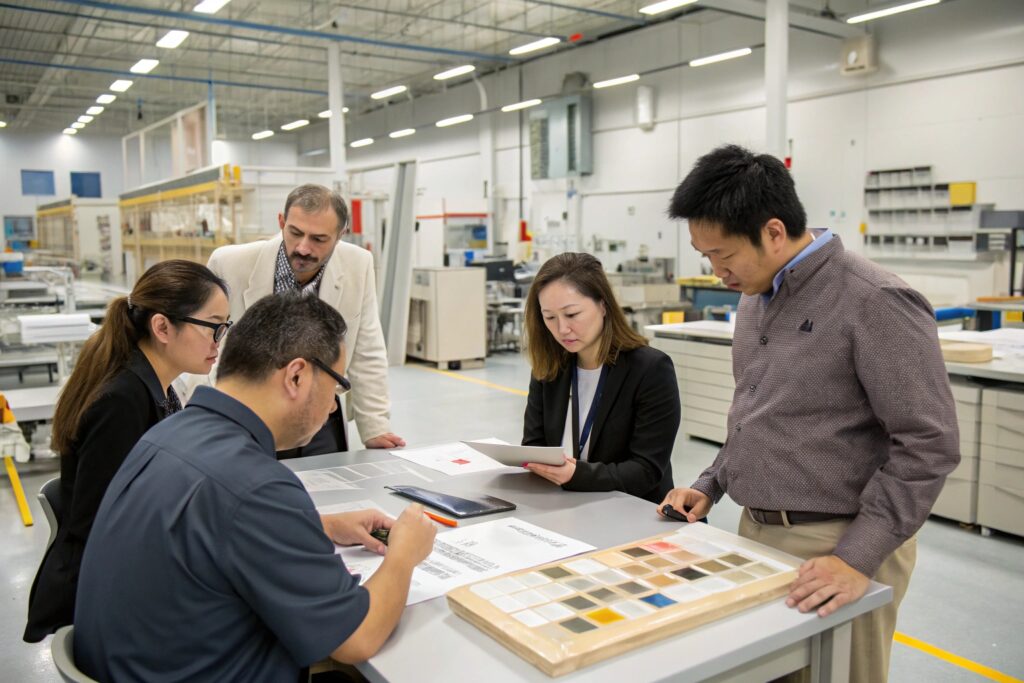
What Factory Capabilities Should You Look For?
Look for factories with:
- In-house material testing labs
- Access to global sourcing hubs (like Shaoxing fabric markets)
- Ability to laminate, back, coat or reinforce raw materials
- Custom mold or die-cutting capacity
For example, when we worked on a line of bioplastic bag accessories, we had to source sheets from Taiwan and build custom low-heat dies.
Factories without this know-how will either decline or deliver faulty samples.
How to Verify Experience Without Risking Time?
Ask your supplier to show previous case studies or product photos of similar materials. You can also request mockups in similar substrates before proceeding with high-cost materials.
We’ve had buyers ask us to recreate aesthetics shown on Pinterest or trade shows with alternate material combinations—saving cost while maintaining look.
Ask for a “feasibility assessment” before formal sampling. At AceAccessory, we offer this service at no charge.
What Are the Shipping Considerations for Delicate Materials?
Sourcing is only half the job—delivering the goods in perfect shape is the real test.
Shipping unique accessory materials requires special carton prep, moisture control, accurate declarations, and correct freight mode selection.

Should You Use Air Freight or Ocean Freight?
This depends on the material. For heat-sensitive or moisture-reactive items like resin hair clips or paper pulp accessories, we strongly recommend air freight with moisture indicator packs.
Items like stainless steel hardware or coated cork are fine by ocean, but require desiccant gel packs and plastic-lined cartons.
We follow ISTA 2A and 3A shipping test guidelines for all sensitive accessory shipments.
How Do You Prevent Customs Issues With Exotic Materials?
Always declare the correct material origin and classification code (HS Code). If you’re shipping horn, shells, or wood, you may require CITES certificates or fumigation documents.
We cross-check every new material’s regulatory status using tools like Export.gov Tariff Database and WCO Harmonized System.
Avoid vague declarations like “fashion accessory”. Instead, describe as “woven paper hat - eco fiber, non-food use”. It helps clear customs faster and avoids rejections.
How Can Packaging Design Protect the Material’s Integrity?
Packaging is no longer an afterthought—it’s protection and presentation in one.
Custom packaging tailored to the material keeps your accessories safe and visually appealing during transit and unboxing.
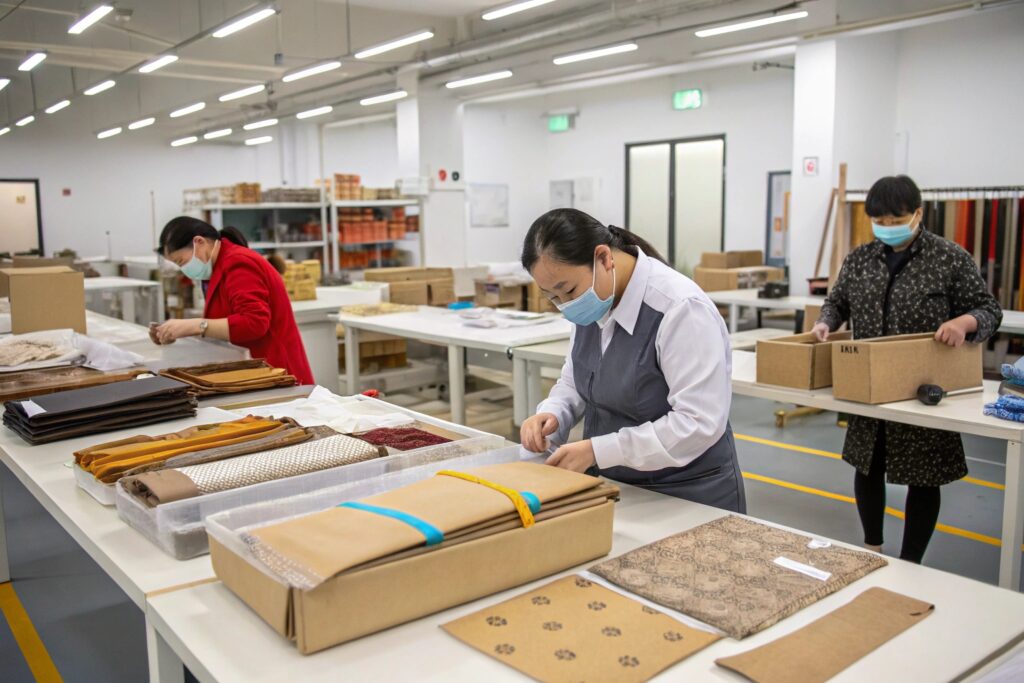
What Packaging Works Best for Fragile or Pliable Accessories?
We use:
- Molded cardboard trays for resin clips
- Soft tissue wrap and air pillows for metallic belts
- Kraft sleeves for folded scarves
- Anti-tarnish paper for metal parts
Each packaging plan is tested through simulated drop and vibration testing, inspired by Amazon’s ISTA 6 Packaging Certification.
We also custom-print warning labels in multiple languages if the accessory is heat- or moisture-sensitive.
How Do You Combine Sustainable and Protective Packaging?
Many unique materials appeal to eco-conscious buyers, so plastic-heavy packaging isn’t ideal. We’ve switched to molded paper inserts, corn starch-based wrap, and compostable mailers for several brands.
We make sure packaging aligns with the product story. A biodegradable headband doesn’t feel right in a polybag—so we match form and function.
Conclusion
Sourcing accessories with unique materials takes more effort—but also yields higher margins, stronger brand identity, and customer loyalty. By choosing the right factory, verifying feasibility, planning for safe shipping, and investing in smart packaging, you can turn material innovation into commercial success.
At AceAccessory, we’ve developed accessory lines with everything from recycled denim to wood-plastic composites. We’re here to support you at every stage—from material R&D to shipping advice—so your designs don’t just look different, they arrive perfectly every time.

